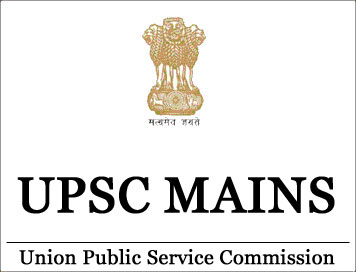(HOT) UPSC Current Affairs 2025 PDF
NEW! The Gist (NOV-2025) | E-BOOKS
(Download) UPSC (MAIN) EXAM:2020 BOTANY (Paper-1)
(Download) CS (MAIN) EXAM:2020 BOTANY (Paper I)
-
Exam Name: CS (MAIN) EXAM:2020 BOTANY (Paper I)
-
Marks: 250
-
Time Allowed : Three Hours
SECTION ‘A’
Q1.Describe the following in about 150 words each :
(a) Gram negative and Gram positive bacterial cell walls.
(b) Structure and reproduction of lichens.
(c) Heterotrichous habit in algae.
(d) Elaters and their significance.
(e) Draw a well labelled longitudinal sectional view of the structure of mature sporogonium of Anthoceros.
Q2.(a) Describe the life cycle of Puccinia graminis tritici with suitable sketch.
(b) Give an illustrated account of various types of stelar structures seen in Pteridophytes.
(c) Describe lytic and lysogenic cycle of viruses.
Q3.(a) Write the names of causal organisms, symptoms and control measures of citrus canker and late blight of potato.
(b) Compare and contrast the sporocarp of Marsilea and Salvinia.
(c) Discuss post fertilization changes with suitable diagrams in Polysiphonia.
Q4.(a) What do you understand by International Code of Botanical Nomenclature ? Write its principles.
(b) Briefly explain anomalous secondary growth in Boerhaavia and Dracaena.
(c) Write applications of Microbiology in medicine.
UPSC Mains General Studies Study Kit
SECTION 'B'
Q5.Describe the following in about 150 words each :
(a) Plant cell, tissue and organ culture.
(b) Embryo rescue in angiosperms.
(c) Classification and importance of Polyembryony.
(d) Endosperm haustoria.
(e) Plants as source for perfumery.
Q6.(a) What are the identifying floral features, floral formula and floral diagram of Malvaceae and Orchidaceae ?
(b) Write botanical names and ethno-medicinal uses of three medicinally important members in each case of Solanaceae and Apiaceae.
(c) Write botanical names and families of the plants yielding timber edible oil.
Q7.(a) Define protoplast. Write the methods of its isolation and factors affecting their yield and viability.
(b) Describe the development of male gametophyte in angiosperms with suitable diagrams.
(c) Compare and contrast the pattern of embryo developments in Dicots and Monocots with suitable illustrations.
Q8.(a) Discuss the primitive features of Cycadales. Why is Ginkgo considered as living fossil ?
(b) Define somaclonal variations. How are these produced ? Explain its applications in crop improvement.
(c) Write notes on the following :
(i) Somatic hybrid and cybrid with their significance
(ii) Totipotency, polarity and differentiation.



